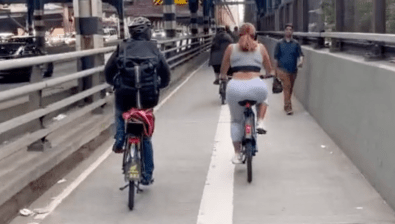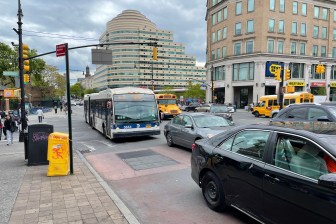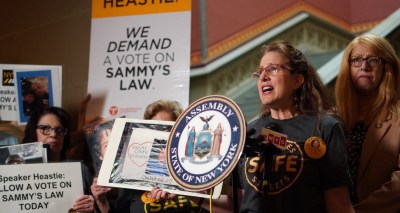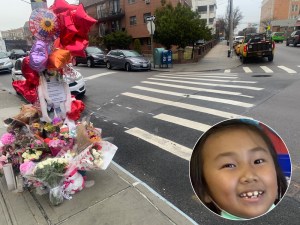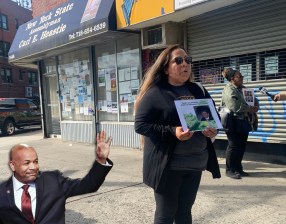When Streets Are for People

U.S. urban centers large and small are following Latin American cities in periodically shutting off streets to cars, and they are reaping the benefits.
The Christian Science Monitor reports that "at least 20" American cities are intermittently keeping cars out of public parks, with some planning to make the move to a permanent prohibition. Meanwhile, smaller cities that lack recreational infrastructure are creating "car-free zones" by turning roads over to people.
Beginning this month, El Paso will detour cars from seven roads every Sunday from 7 to 11 a.m. so that cyclists, joggers, and pedestrians can use them instead.
"City leaders were faced with a challenge: to get a poor city of overweight, sedentary people moving when there weren’t any parks or [bicycle] lanes," says Robin Stallings of the Texas Bicycle Coalition. A national magazine declared the city one of the four fattest in the US, he says, "and that really got everyone’s attention."
The Monitor calls Bogota, Colombia the "model city for road closure." The city started closing streets to cars once a week in the early 1980s as part of its ciclovia ("bike path") program.
One-and-a-half million people now turn out each week for ciclovia. Other cities in Latin America followed suit, closing parts of parks or whole urban districts to cars — some intermittently, some permanently. A result: revitalized neighborhoods and an influx of people.
In some ciclovia cities, such as Guadalajara, Mexico, fears that autoless streets would cause economic hardship have dissolved. Some merchants actually had to return to their stores on Sundays because the thousands of visitors wanted everything from food and drink to curios.
Not everyone is on board, naturally, "But studies are showing that traffic problems can be minimized, shops and museums get more visitors, and residents begin to cherish their where-the-action-is location."
Investment in parks is of course a cornerstone of PlaNYC, including the conversion of street space to public plazas across the boroughs.
Photo: Michael McDonough/Flickr
